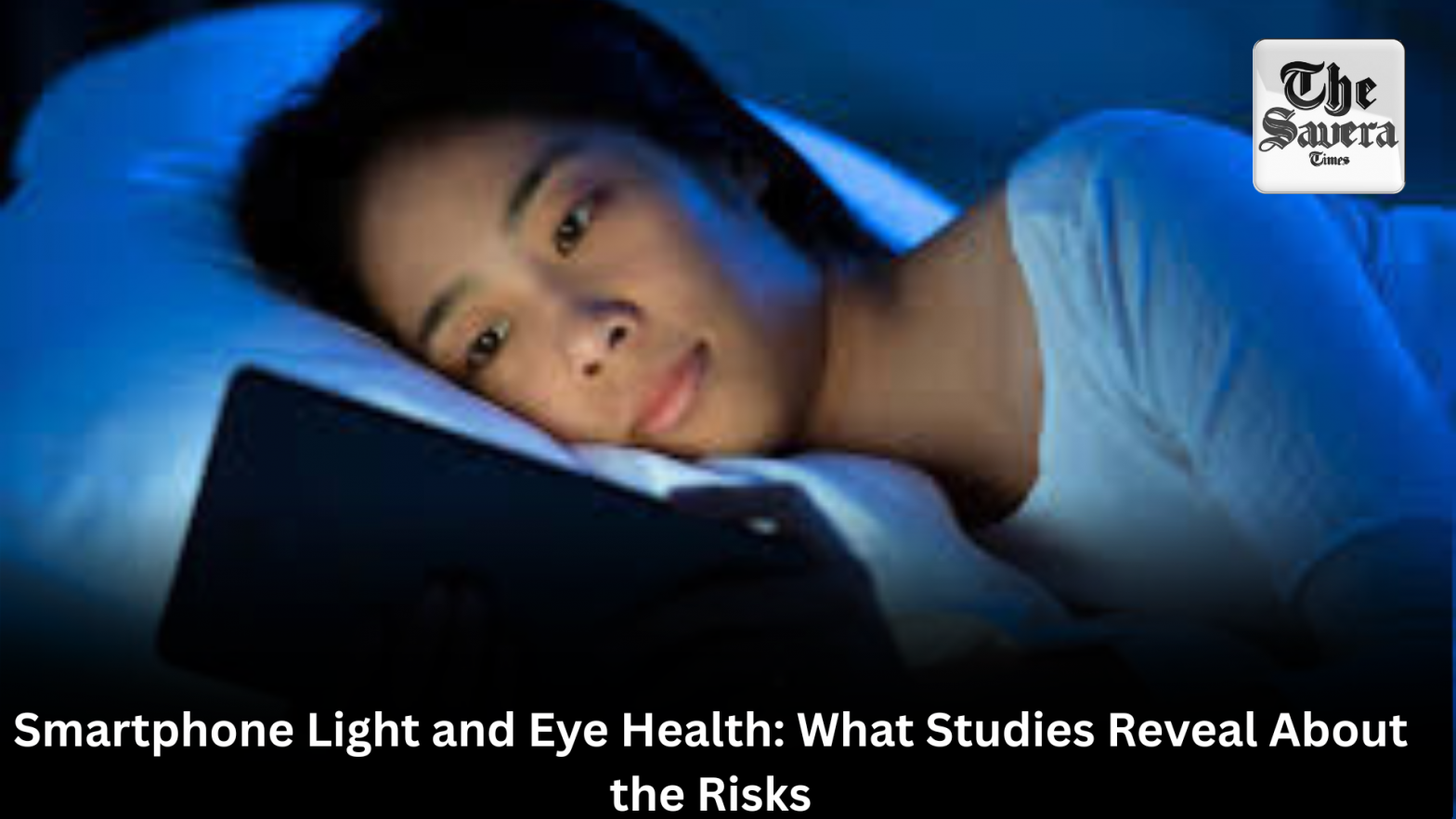
New Delhi: In an era where smartphones are an extension of our hands, concerns about their impact on eye health are growing. The blue light emitted by screens has sparked debates about its effects, from temporary discomfort to potential long-term damage.
Recent studies, as highlighted how safe our eyes are from smartphone light and what precautions we can take.
Blue light, a high-energy, short-wavelength light, is emitted by smartphones, LEDs, and even sunlight. While it boosts alertness during the day, prolonged exposure especially at night raises concerns.
Smartphones emit less blue light than the sun, but their close proximity to our eyes and hours of daily use amplify potential risks. Studies estimate that adults spend over seven hours daily on screens, with children often clocking similar hours, prompting researchers to investigate the consequences.
One major issue is digital eye strain, also known as computer vision syndrome. Affecting about 50% of screen users, it causes dry eyes, blurred vision, headaches, and neck pain.
Reduced blinking during screen time and glare from devices are key culprits. A 2018 study noted that extended smartphone use can decrease tear production, exacerbating discomfort. For children, whose eyes absorb more blue light, the risk is higher, potentially contributing to myopia (nearsightedness), which has risen globally alongside screen use.
Sleep disruption is another significant concern. Blue light suppresses melatonin, the hormone regulating sleep. A 2014 Harvard study found that screen use before bed delays sleep onset by about 10 minutes and disrupts circadian rhythms, leading to insomnia or poor sleep quality. This effect is particularly pronounced in children, whose developing eyes and brains are more sensitive.
The most debated question is whether blue light causes permanent eye damage. Research from the University of Toledo suggests that prolonged exposure may trigger retinal cell damage, potentially increasing the risk of age-related macular degeneration (AMD), a leading cause of vision loss. However, the amount of blue light from phones is relatively low, and experts, including those from the International Commission on Illumination (CIE), argue that evidence linking smartphones to severe damage remains inconclusive. While animal studies show retinal changes, human studies are less definitive, and more research is needed.
Beyond physical effects, excessive phone use is linked to **psychological impacts**, including anxiety and difficulty focusing, with brain activity patterns in some users resembling addiction. For children, this combination of physical and mental effects underscores the need for caution.
Fortunately, protecting your eyes is straightforward. Experts recommend the 20-20-20 rule: every 20 minutes, look at something 20 feet away for 20 seconds. Adjusting screen brightness, enabling night mode, or using blue light filters like Night Shift can reduce exposure. Holding phones 16-18 inches away, blinking regularly, and avoiding use in dark rooms also help. Blue light-blocking glasses or screen protectors offer additional protection. Regular eye exams are crucial, especially for children, to catch issues early.
While smartphone light poses manageable risks, moderation is key. By adopting simple habits, users can safeguard their eyes without disconnecting from their digital lives.
